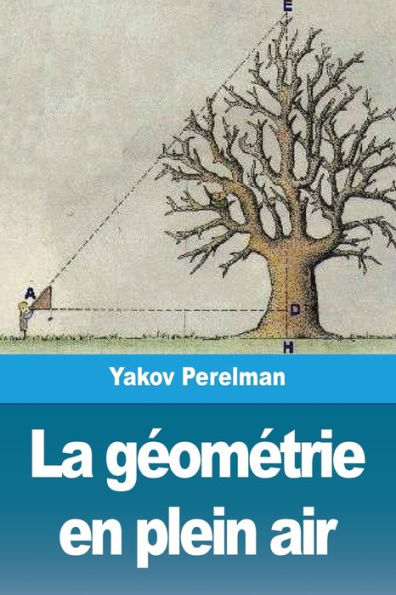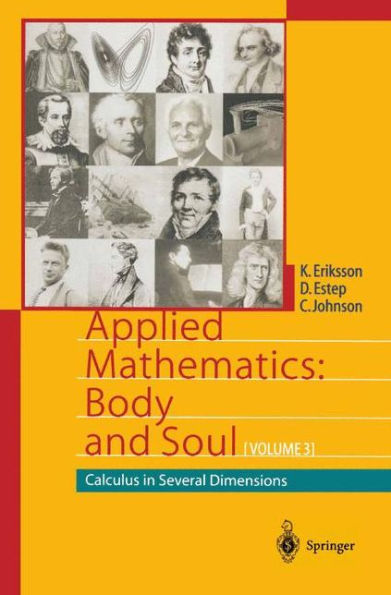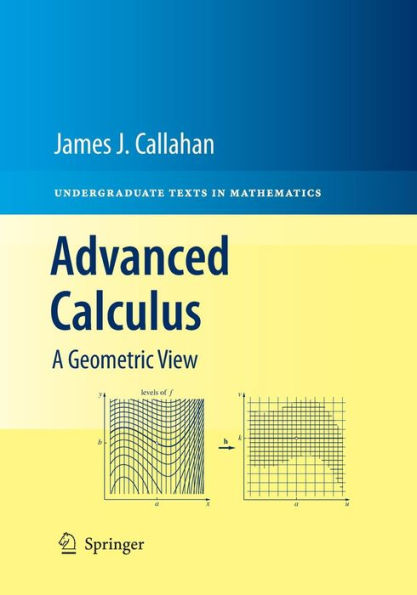Home
Calculus: Volume1
Barnes and Noble
Calculus: Volume1
Current price: $54.99


Barnes and Noble
Calculus: Volume1
Current price: $54.99
Size: Hardcover
Loading Inventory...
*Product information may vary - to confirm product availability, pricing, shipping and return information please contact Barnes and Noble
I received a Doctorate degree in Applied Math from the National Chiao Tung University, Graduate School of Science. Having barely got by in high school math final exams and one of the lowest-performing students in class to getting a PhD degree, I have come a long way. The turning point of life happened in junior year of university when I met my math professor. He taught me how to study math with his distinctive methods. Looking back at my path of learning, sometimes I wished that I hadn't gone the long to achieve what I have today. This book has taken me two years to complete. With all the essential aspects of how to study math covered, I hope that students don't only know of how to study for calculus but also math in general.
What knowledge should a calculus textbook cover? Are we able to tell the goals of learning on top of the content from the outline of the textbook? After every abstruse definition and theory, if there's only one or two simple demonstrations, what then, is the root cause for students' inability to solve those difficult practices, a lack of practice or the unfamiliarity of different practice variations? If there's an exam starting minutes away, what content can be remembered from a closed textbook? There are five highlights in this textbook: First of all, readers can be aware of the learning goals of each chapter from the outline, allowing beginners to calculus to have clear understanding of the textbook's structure. Secondly, before sample practices in each chapter, classic question variations are outlined with steps in solutions. Hence, after practicing, readers will be able to fully grasp the concepts and variation through steps of the solutions. Thirdly, the book contains more than 2,000 samples and each sample is demonstrated with the most thorough solution steps. Hence, readers will not find themselves confused with skipped steps. Fourthly, in hopes of allowing readers to understand the book as a whole, including relationships between chapters and significance in specific chapters, I've written the textbook as plain and straight-forward as possible. For instance, knowing where and how L'Hôpital's rule will be used in later chapters. Finally, in contrast with the simple explanations, each sample question is answered with great rigor and accuracy. Across all sample practices in the book, I've only used "Let", "Then", "Since", "Thus", and "Such that" to keep explanations simple and consistent. With all the above mentioned, I hope to present the most detailed context of calculus to all the readers.


















